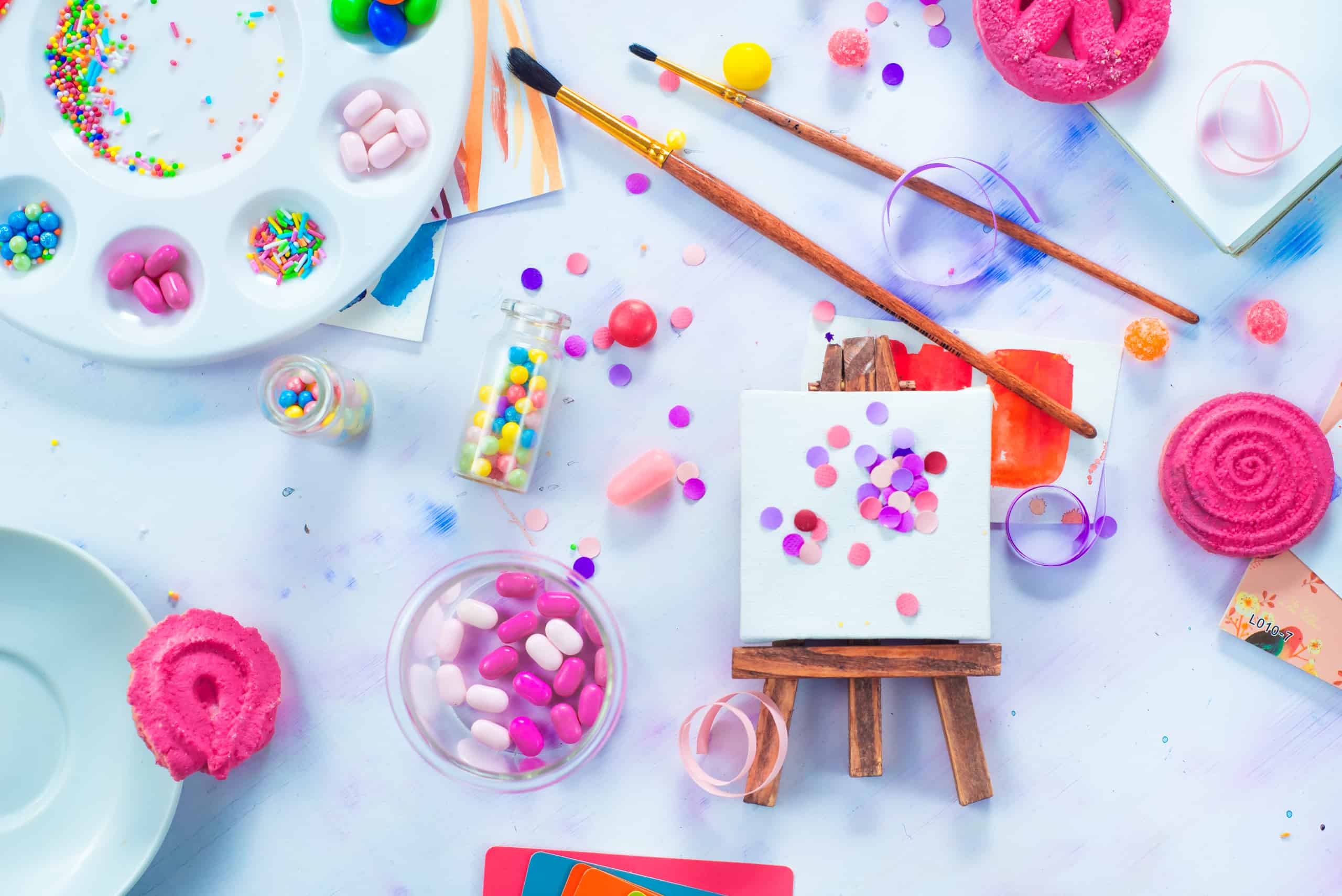
Color therapy is the conscious use of color as a tool for improving mood and emotional well-being.
It can be used for reducing stress, promoting creativity, and for other specific goals.
Color therapy is not so much a type of treatment, but rather a complementary approach that can help you get better outcomes through simple changes in your life.
Have you ever thought on how color therapy can actually help you?
Ok so how does color therapy work?
It is based on a very simple premise – different colors evoke different emotional responses, which influence energy, mood, emotions, decisions, and overall state.
Because different colors have different effects, we can use them to change our environment
We can use them to better suit our current needs and by modifying aspects around us, we can accomplish certain specific outcomes.
Here are 7 ways how color therapy can be used
1. Color therapy for depression

Colors are not enough on their own to treat depression, but they can contribute to a better emotional state, give us an energy boost, and have other positive effects.
Say bright colors for instance , like red, orange, and yellow can provide a little boost of alertness and inspire us to do something.
For instance dressing in bright colors or having bright colors in our environment might prove to be a strategy to get energized when feeling somewhat depressed.
Green and blue on the other hand are both relaxing colors, but green might be a good option for calming.
If you’re feeling down it’s important to be mindful of the colors in your environment.
While blue can be a soothing color, a heavily blue environment may not be the best choice. Instead, try incorporating brighter colors that can uplift your mood and energy.
Don’t be afraid to experiment and find what blue or green shade works best for you.
Remember, small changes in your surroundings can make a big difference in how you feel.
2. Color therapy for healing
Blue light is a tool that has been used to promote healing.
It has been used to support healing for patients with injuries and has been linked to pain relief.
Blue light appears to have some positive effects on injuries and burns and might promote a faster healing for the patient, as well as soothing pain.
If you want to know what color is a healing color, blue seems to fit the bill the best.
3. Color therapy for alertness and concentration
Color can provide us with a boost to our alertness and concentration, improving our work performance.
By surrounding ourselves with little doses of red and orange, rather than neutral colors like gray and white, we can make our brain pay attention.
Bright colors encourage us to focus and stay alert, so having something bright and warm around will stimulate us.
4. Color therapy for relaxation and tranquility
If, on the other hand, your brain is a little too alert, you might want to seek the opposite effect. So blue and green promote relaxation.
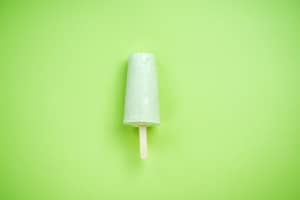
Green is especially good at calming us down and allowing us to take a break from work. This is why they call green the healing color.
If you have access to natural greens, like plants, trees, or a lawn, that is best, even an artificial green can promote relaxation.
Blue has a similar calming effect, but might leave you feeling a bit sleepy.
5. Color therapy for interpersonal harmony and pleasant interactions
Beyond green and blue, pink is another relaxing color.
Integrating pink into an environment or using pink light can help significantly reduce aggression and promote a more peaceful interactions among people.
Blue, as well as neutral colors, can make people interact more pleasantly, whereas too much red might stimulate aggression and hostility.
6. Color therapy for creativity

Did you know that colors can stimulate or inhibit your creativity.
Green is the best color, and looking at natural environments will not only relax you and reduce your heart rate, but also help you do better in creative tasks, like coming up with new ideas.
Blue is another good and creative color.
The worst colors you can choose for creativity are white, brown, and gray – they are neutral and can make us feel bored or even make more mistakes in our work. So maybe if you are a creative person this color is not your color, right??
Flashes of red and orange can stimulate alertness, as we saw, so using a few touches of these colors can make us feel creative and alert.
7. Color therapy for a healthy appetite

Some colors stimulate our desire to eat.
Red and yellow, in particular, appear to be good at making us hungrier.
These colors are often used at fast food chains to encourage people to eat a bit more.
Brightly-colored eating spaces can be more pleasant to eat in and encourage someone to consume more, while blue and soft colors might stimulate the consumption of “fancy” foods and desserts.
Here we saw what color therapy is used for, specifically, seven little ways in which it can make a difference for you when you want to feel better or change your emotional state.
Does color therapy really work?
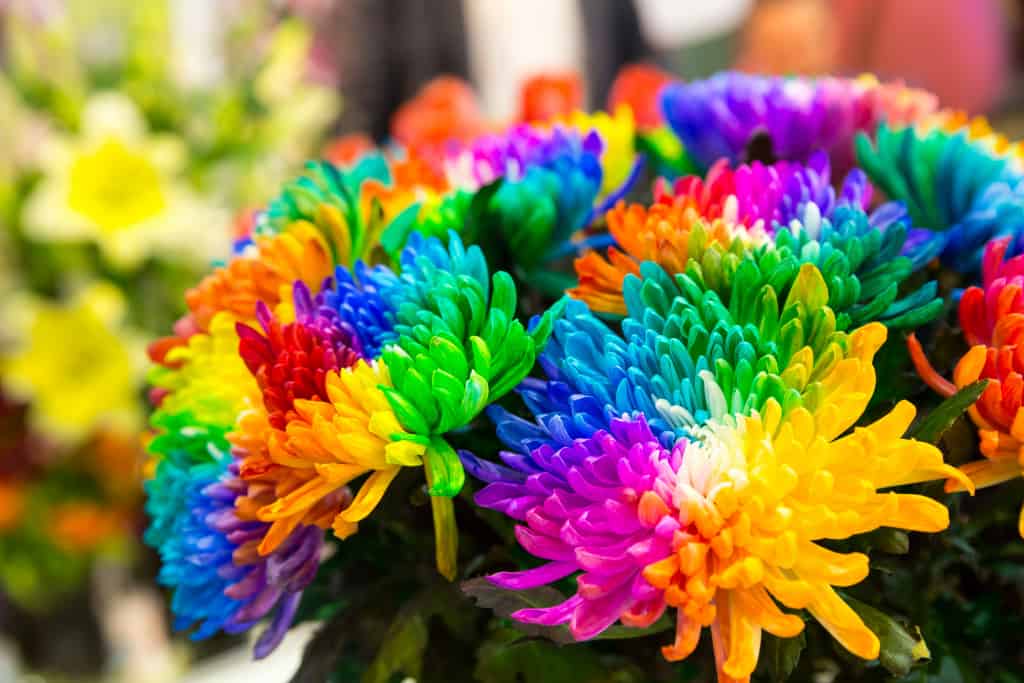
There is some evidence to support its effectiveness.
The effects of pink, red, blue, green, and other colors appear in studies from different countries and they do seem to have a particular effect on our emotions.
We cannot use colors to fully heal or change a very complex problem, because we are always being influenced by a variety of factors, and color is just one of them.
However, color is used to promote specific states. It can make it easier for us to relax or become alert.
Color therapy is a tool that can make some experiences better and easier to bear.
It is going to be hard to focus in an environment plastered in red, just as being surrounded by greenery can make us feel more relaxed.
These reactions are often ingrained and occur on a biological level.
By understanding and leveraging the effects of colors we can achieve better results managing our depression, paying attention, or meditating.
Color appears to influence us physiologically, to some degree.
Color reflects certain experiences, emotions, and sensations, and this means that even if we are not aware of it, color will still impact our mood, choices, and behaviors.
Azeemi, S. T., & Raza, S. M. (2005). A critical analysis of chromotherapy and its scientific evolution. Evidence-based complementary and alternative medicine : eCAM, 2(4), 481–488. https://doi.org/10.1093/ecam/neh137
Ebbesen F, Agati G, Pratesi R. Phototherapy with turquoise verses blue light. Archiv Des Childhood Fetal Neonatal Edn. 2003;88:F430
Magoulas, Costa, “How color affects food choices” (2009). UNLV Theses, Dissertations, Professional Papers, and Capstones. 552. http://dx.doi.org/10.34917/1717627
Schauss, Alexander. (1985). The Physiological Effect of Color on the Suppression of Human Aggression: Research on Baker-Miller Pink. International Journal of Biosocial Research. 7. 55-64.
Disclaimer: Our web pages and blog posts provide general information for general purposes only and not to be used for any medical, legal or alternative health advice for any type of physical, mental health or financial concerns.Always speak to your practitioner before embarking on any new alternative treatments. If you have concerns about any medical matters, you should always consult your healthcare provider without delay.We thank you for taking full responsibility for your own health and wellbeing in life. ☺



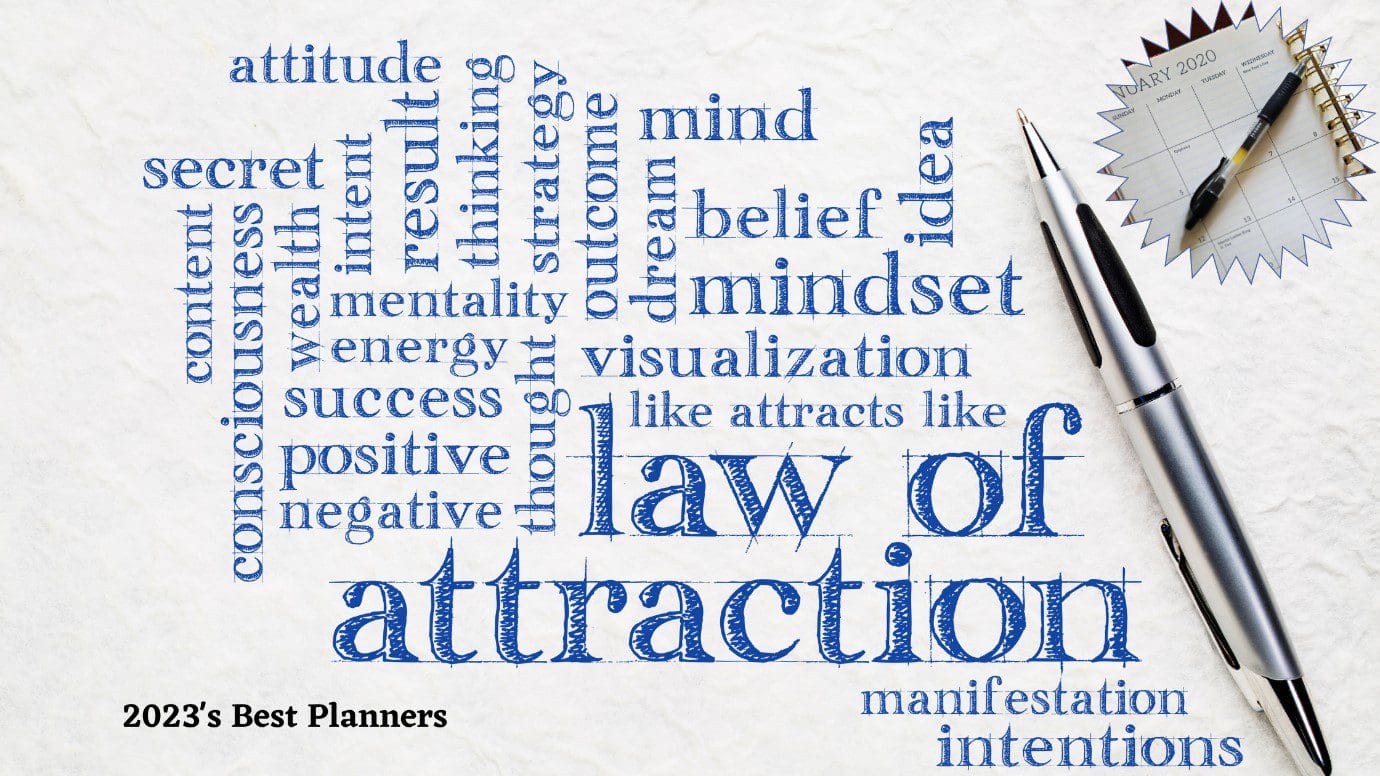



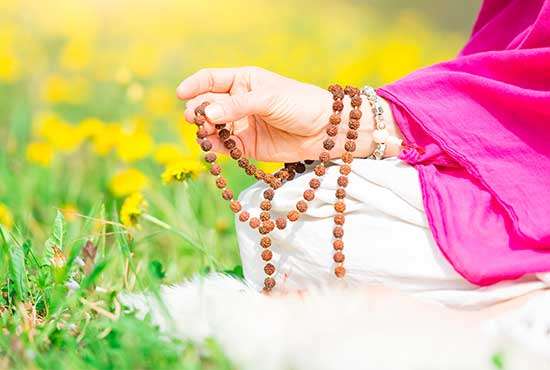




 Self Care Tips
Self Care Tips